
Sammie Ellard-King
I’m Sammie, a money expert and business owner passionate about helping you take control of your wallet. My mission with Up the Gains is to create a safe space to help improve your finances, cut your costs and make you feel good while doing it.

Quickfire Roundup:
Put simply, it’s all about your mindset but there are some fantastic ways which we’ll cover here to help you learn how to save money.
Sure the old cliche of spend less than you make doesn’t really stack up in a cost of living crisis.
BUT if you’re willing to do the work then this article can help change your spending habits and provide tips to save money.
Are you wondering how to not spend money?
Saving and spending go hand in hand. Most of us live a monthly battle wanting to be good with money but equally longing for those new pair of shoes or a good night out.
We could all do with some key ways to save money and not spend it so let’s dig into it.
Madonna once said we live in a material world, and she’s not wrong.
City dwellers can be exposed to over 5000 adverts a day, all aimed at you making that next big purchase.
To start saving money in London or anywhere in the world can seem impossible, but we’re here to show you that it’s not!
As a nation, 15 million have less than £100 saved, and 6.8% have nothing put aside. Those statistics are pretty crazy when you think about it.
You could go from a comfortable salary making 30k or more a year to receiving just £179.60 a week from a state pension once you retire. Not ideal.
Table of Contents
How can I save money?
You’re here because you want to know how to save money and not spend it every month. Well, we’ll give you a hard truth before we carry on. You need to spend less than you earn!
I can hear you saying, ‘it’s not as easy as it looks,’ but let’s face it most of us are overindulging in at least one thing.
If you’re truly struggling to make enough to survive on then please do seek help and hopefully some of the tips in this post can help you.
On a brighter note, it’s much easier to save these days with apps on your phone even doing a budget and making smart suggestions for you based on your spending!
Ultimately though it comes down to you. Are you ready to save money and switch your money mindset?
In this article, we will explore six of the best ways to save money and show you some simple saving techniques that you can take action on immediately.
These tips will help you cut your expenses and budget like a pro. Lastly, we’ll explore some tech showing you the best apps for saving money.
Let’s get into it.
1. Three banks, not one
I’ll be the first to hold my hands up and say I used to be that guy standing at the cashier desperately trying to swap money into my current account from my online savings account before paying.
I had all the right intentions but was ultimately going about it in the wrong way.
By splitting your money into three bank accounts, you can easily control your urge to splurge.
There are three accounts you could need:
- An everyday spending account
- A non-accessible savings account
- An investment account
To start, I suggest having an everyday spending account that you get paid into, and this being the ONLY bank account you own a bank card or phone app for.
This is where you’d have a direct debit come out of for things like your household bills, car insurance, fuels costs, rent and your regular everyday spending.
Your second account is a savings account that you have no access to without making a lengthy phone call or a visit to the local branch.
This could be a Cash ISA
You’ll have that layer, that second barrier to help you think about your impending spending spree. I almost guarantee if you have to think twice, you’ll decide not to buy.
The third account is an investment account. Open one. Savings are pivotal, but if you don’t invest some of that money, the value of your savings diminishes each year through inflation.
For those who don’t want to learn about investing, let a robo-advisor or financial professional do it for you.
Trust me, it’ll be the best decision you make for your future self and can even help you retire that little bit earlier if you stick to it.
You can use a Stocks and Shares ISA, which you can put up to £20,000 a year into tax-free. You also don’t pay capital gains tax which you will have to a standard general investment account. More on investing later.

2. Pay yourself first
This is a fantastic way to make sure you save money and not spent it.
Every month when you get paid, sit down with a coffee and reward yourself first. Put a portion of your earnings (try to get as close as 30%) into your second and third accounts.
By doing this, you’ll get into the habit of looking after yourself first before covering your dreary expenses like rent or household bills.
Whatever is left is your money to enjoy. You’ve done the hard work putting the money away, it’s safe if you’re using the three bank technique and you know exactly how much you have left.
This technique is the first thing a financial advisor or debt planner will teach you. However, if you have debt, pay this first before paying your bills – more on debt in a moment.
Let the latest technology help get you there with the best money savings apps.
3. Record your expenses
Nobody enjoys writing budgets, but how do you know what’s left if you don’t keep track of your spending and expenses?
People always ask me for budgeting tips, and I try to install some hard truths as it really is so simple. Can you make a list? Yes. Can you use a calculator? Yes. Well, then you can budget.
Make a list of your monthly expenses, including everything right down to the late-night chocolate run, and subtract that by what you get paid. By listing and adding everything, you’ll see that you can usually trim some fat.
If you have a partner then you can household budget via a joint bank account. Use this like bank number 1 in the section above.
You can use a free budgeting calculator to set up a basic budget.
If you feel like going one step further, I’ve also built a which you can click on below.
4. Managing debt
If you have debt, this is usually what’s stopping you from saving. As a nation we’re addicted to credit cards, buy now and pay later schemes and payday loans.
If you don’t use them correctly or pay back your debt quickly, they can spiral out of control.
Getting into credit card debt can greatly impact your credit score, meaning you get unfavourable terms on new lines of credit. It can also stop you from getting a mortgage or even in some cases rejected for rental properties.
Getting into debt is easy but getting out of it isn’t! I promise you though there is light at the end of the tunnel.
My own personal story started with £24,000 worth of debt from university. I was living paycheque to paycheque paying out £100’s a month in interest.
I couldn’t find a way out, so I had to switch up my game plan which is why it’s so important to target your highest-interest debt first.
What you do is pay the minimum amount on any other debt and go all in to clear your highest-interest debt first. This will reduce your total interest payments and allow you to pay more off each month.
Once you clear one it becomes so much easier to clear the next. You’re saving money on interest, and equally, your total debt outgoing is going down. It’ll be a tough few months but honestly, it’s liberating.
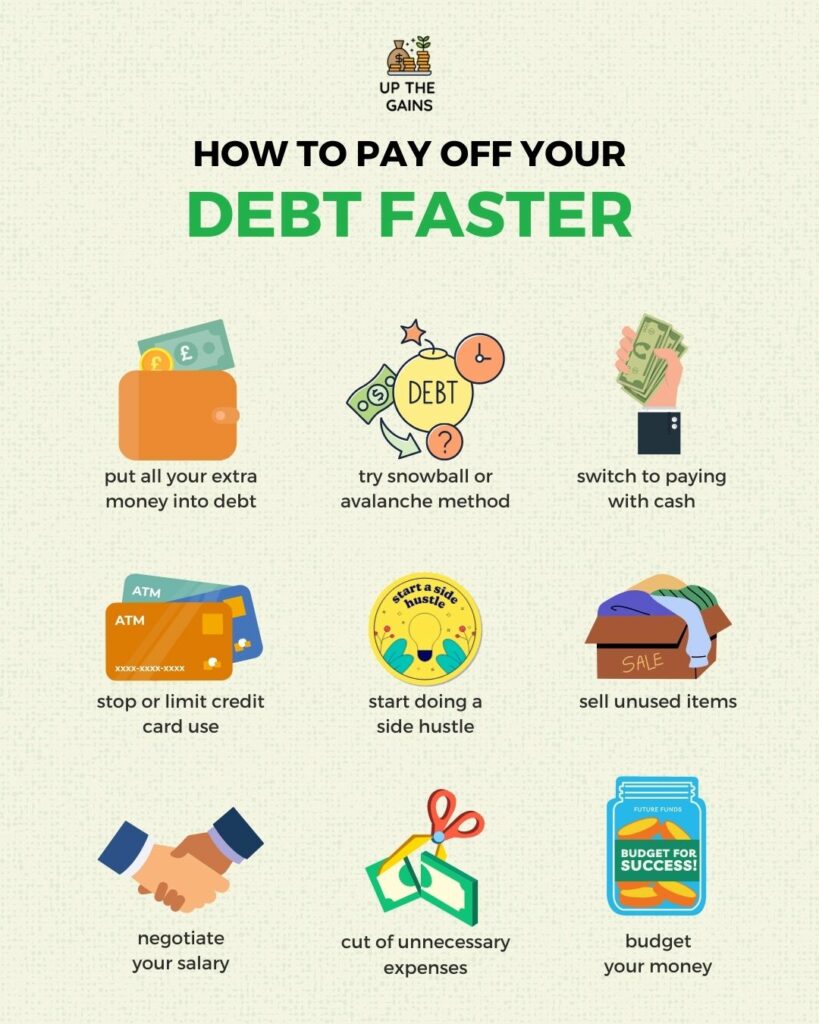
5. Emergency funds
Having an emergency fund is a great way to help support you when times get tough. The suggested amount is at least 3-6 months of wages, but this can take a while to build up if you only have a small amount to contribute.
I use Monzo pots to house my emergency fund, and they have a great feature of allowing me to round up each purchase, so I’m contributing to it without realising.
In just under six months, I built up £295 just from rounding up my purchases, so as you can see, it’s a great way to build an emergency fund without much effort.
Remember though. Emergencies funds are for precisely that, emergencies! For example, only dip into it if your boiler blows up or the garden fence finally falls over onto next door’s nice new lawn.
By having some money set aside, you’re ready for whatever life decides to throw at you. Imagine you unexpectedly lost your job or crashed your nice new car. How much would you value an emergency fund then?
You might need to take a minor hit until you’ve created one, but trust me, you’ll thank yourself for it later
Let the latest technology help get you there with the best money savings apps.
6. Start investing
Whilst saving money is hugely important, putting that money you’re saving to work can get you ahead a lot faster.
By comparison, investing can earn you 7-8% more a year in interest if you’re investing for the longer term (usually ten years or more).
There are thousands of investment opportunities, and it can be challenging to work out where to start. Many opt to use a financial advisor or robo-advisor.
Both select your investments for you (amongst other things) and allow you to go about your business. They do, however, come with fees!
If you go at it alone, it’s essential to do your research before committing any cash. Some fantastic websites are dedicated to helping you learn the stock market basics and these days; you can invest with ease with apps like Freetrade and Plum.
Our top two savings apps

Plum
We love Plum; it’s a brilliant app that has helped many of our friends and family improve their finances.
It connects all your banks, displaying a real-time view of your income and expenses. It then makes recommendations for saving and investing, and Plum can automatically do this for you each month.
It’s highly skilled in creating a budget that you can understand and hopefully stick to with ease. You can also invest for as little as £1. Plum offers investments in some of the best companies and funds, providing help with your choices if you need them.
It also has fun features such as round-ups, 52-week challenges, saving goals, and rainy day savings rewards.
You can also upgrade to Plum Plus and Pro to open up a more comprehensive suite of products.
What an app! I utilise their smart AI to set money aside automatically every payday!
You can earn up to 4.21% AER with their Easy Access Interest Pocket, and begin investing in up to 3000 stocks and funds from as little as £1.
EXCLUSIVE OFFER: Get a free £5 cashback in your Plum account when you open an account through Up the Gains.
- Auto save and invest
- Savings pots with interest
- Low fees in comparison to Chip
- ISAs and free savings accounts available
- Easy to use mobile app
- Tiered fee levels to access all investment options
Chip
Chip is similar in many ways to Plum. We love the app and the features on it too!
Chip connects to your banks and analyses your bills, transactions and income. Their award-winning AI allows you to auto-save and invest, re-evaluating your contributions daily. This is a massive help for those who want intelligent suggestions on where to save or invest their money.
You can easily edit your saving levels, and the app adjusts your savings and investments accordingly.
I love Chip’s comparison feature that searches for the best savings rates available on the market for you. It allows you to open the account and then automatically connects it to your Chip dashboard.
Their investment arm gives you access to some of the world’s largest Asset Managers and their funds. You can build a portfolio based on your risk opting for a safer, balanced or riskier approach.
Read our full review of Chip.
More great apps like this:
- Snoop
- Money Dashboard
- Revolut
4.84% Interest Rates On Easy Access Savings Accounts. Automatically build your wealth using smart AI.
- Award winning mobile app
- Save automatically with AI
- Save loose change with their roundup feature
- Invest in funds and stocks
- Can only link one bank account
- Withdrawals could be quicker
FAQs
How to spend less than you earn?
To spend less than you earn, it’s imperative to establish a balanced budget and adhere to it. Begin by tracking your expenses to gain a clear understanding of where your money is going, including even the smallest purchases.
Next, create a structured budget that accounts for necessities, savings, and discretionary spending. It’s important to discern between essential expenses and luxuries.
Consider employing cost-saving strategies such as utilising coupons, cashback apps, or undertaking DIY projects. Additionally, exploring avenues for additional income, such as freelance work, can provide more financial breathing room.
Financial management is about making informed decisions that align with your financial goals and values
Ways to save and make money?
To save and make money, you must become a master of financial balance! On the savings side, smart budgeting, reducing non-essential expenditures, and savvy shopping for discounts are your go-to strategies.
As for income generation, consider leveraging your skills and time through freelance opportunities, monetise unused assets by selling them online, or even explore turning your hobby into a profitable venture.
Don’t overlook the potential of investment, as ventures like stocks or mutual funds can accelerate your financial growth. Remember, maintaining a steady focus on your financial objectives will enable you to navigate this journey successfully.
How can I save money and not spend it all?
To save money without spending it all, it’s vital to cultivate financial discipline and savvy money management skills. Start by tracking your spending and creating a practical budget that accounts for essentials, savings, and a little for leisure.
Prioritise needs over wants, and find joy in simple, cost-effective pleasures. Regularly review your expenses to identify and eliminate any unnecessary costs.
To resist temptation, consider setting up automatic savings, so a portion of your income goes straight to your savings account.
Every pound saved is a step closer to your financial goals, so stay positive, stay focused, and let your financial side shine!
How to not spend money for a month?
To refrain from spending money for an entire month, embarking on a well-planned spending freeze is the key!
First, stock up on essentials like groceries and toiletries to avoid mid-month crises. Inform friends and family about your challenge to gain their support.
Unsubscribe from marketing emails and avoid browsing online stores to sidestep temptation.
Get creative with meals using what’s already in your pantry, and embrace free entertainment options such as library books, outdoor activities, or streaming services you’re already subscribed to.
Make it fun by keeping a journal of your experiences, and don’t forget to celebrate your resourcefulness and determination at the end of the month!
What is the 50 30 20 rule?
The 50/30/20 rule is a brilliantly simple budgeting technique designed to streamline your finances!
Here’s how it breaks down:
- Allocate 50% of your take-home pay to essential living expenses like rent, utilities, and groceries.
- Then, give yourself some wiggle room by designating 30% for lifestyle choices – think dining out, hobbies, and other fun stuff.
- The final 20% is your golden ticket to financial security; tuck it away into savings, investments, or use it to pay down debts.
By dividing your income into these three clear categories, you’re striking a balance between living well today and building a solid foundation for tomorrow
Why do I have the urge to spend money?
The urge to spend money often stems from psychological and emotional triggers that associate spending with pleasure or fulfilment.
Whether it’s the thrill of snagging a deal, the allure of owning something shiny and new, or seeking comfort through retail therapy, our brains can wire spending to feel-good chemicals like dopamine.
In today’s world of social media and advertising, we’re constantly bombarded with messages urging us to buy, which can amplify these urges.
Understanding these triggers and being mindful of why we spend can be the first step towards building healthier financial habits.
What causes excessive spending?
Excessive spending is often fueled by a combination of psychological, emotional, and social factors.
From the thrill of instant gratification to emotional spending as a form of coping, our inner impulses can sometimes take the wheel.
Add in the societal pressure of keeping up with the Joneses and the constant barrage of tempting advertisements, and you’ve got a recipe for a spending spree. Financial literacy also plays a role; without the right knowledge and tools, it’s easy to lose track.
Recognising these triggers and arming yourself with budgeting strategies and self-awareness is your secret weapon against the spending avalanche.
How can I save money on a tight budget?
Saving money on a tight budget is all about embracing the art of frugality and financial creativity!
Begin by analysing your spending to pinpoint areas where cutbacks can be made – think generic brands, homemade meals, and cost-free entertainment.
Use budgeting tools or apps to keep a keen eye on your finances. Don’t underestimate the power of small savings; even setting aside a tiny fraction of your income can accumulate over time.
Look out for discounts, rewards programs, and cash-back offers to make your money stretch further.
How much money should I save each month?
The amount of money you should save each month depends on your income, expenses, and financial goals, but a good rule of thumb is to aim for at least 20% of your take-home pay.
This aligns with the 50/30/20 rule where 50% goes to needs, 30% to wants, and 20% to savings and debt repayment.
Of course, if you can save more, that’s even better! It’s also wise to have a specific goal in mind, whether it’s building an emergency fund, saving for retirement, or planning a big purchase.
Remember, consistency is key, and even small contributions can snowball into significant savings over time.
Conclusion
Lastly, I just wanted to say congratulations on getting this far. It’s no easy task to save money and if you manage to get started then stick with it.
Setting yourself some savings goals and implementing these tips can help you to start saving money!
I love hearing your success stories so don’t forget to stay in touch with us via social media or subscribe to our free monthly newsletter that’s packed with more top saving and investment tips.
Also don’t forget to check out our review of Money Dashboard who we think it a great contender to be in the best money saving apps.
Share this article with friends
Disclaimer: Content on this page is for informational purposes and does not constitute financial advice. Always do your own research before making a financially related decision.
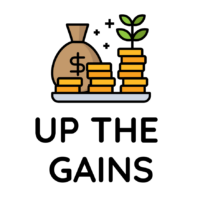
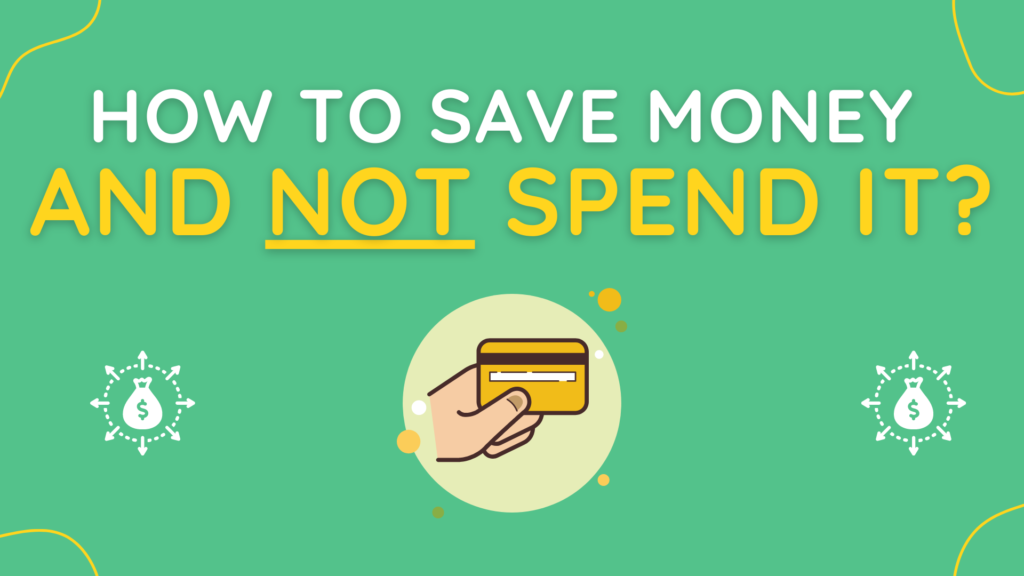
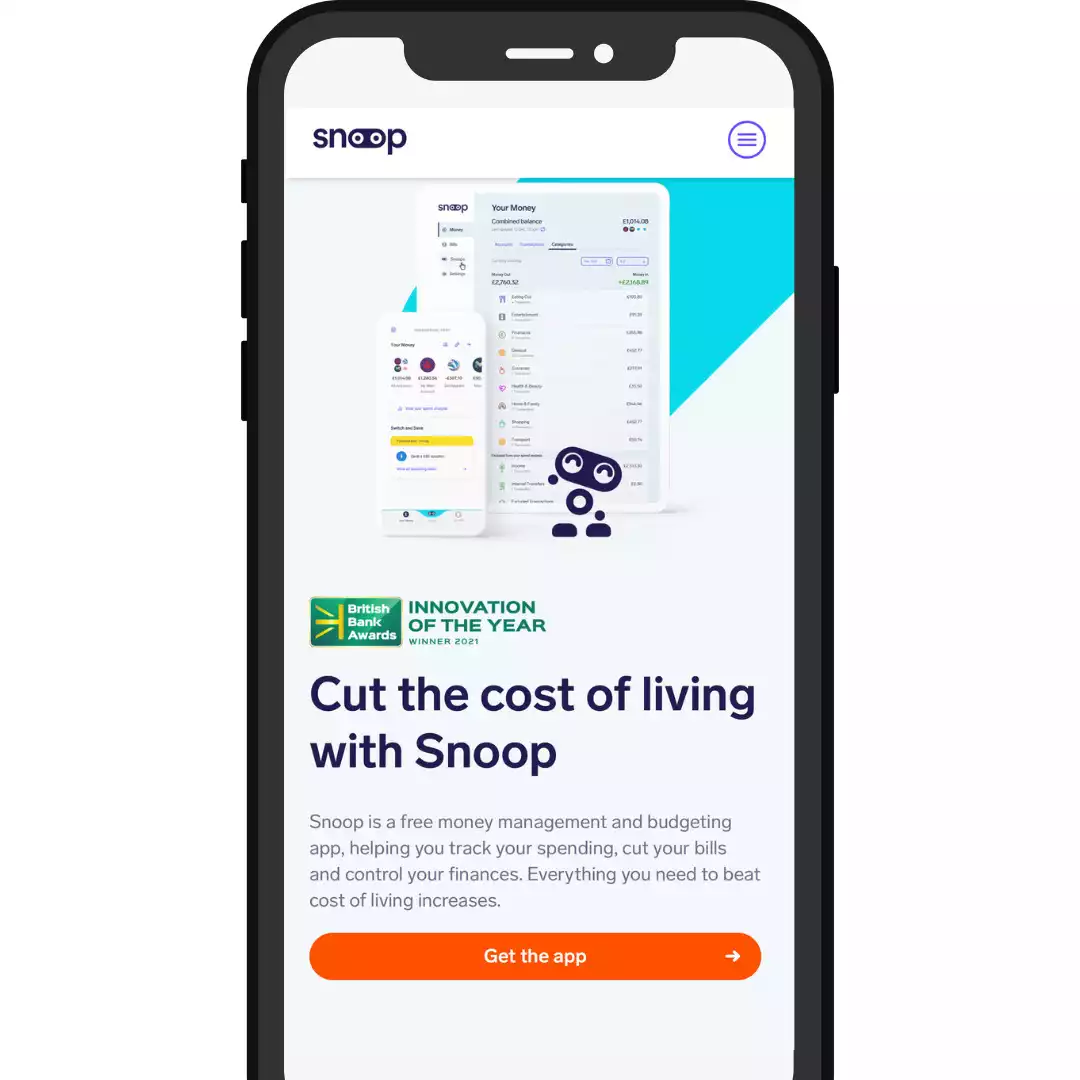
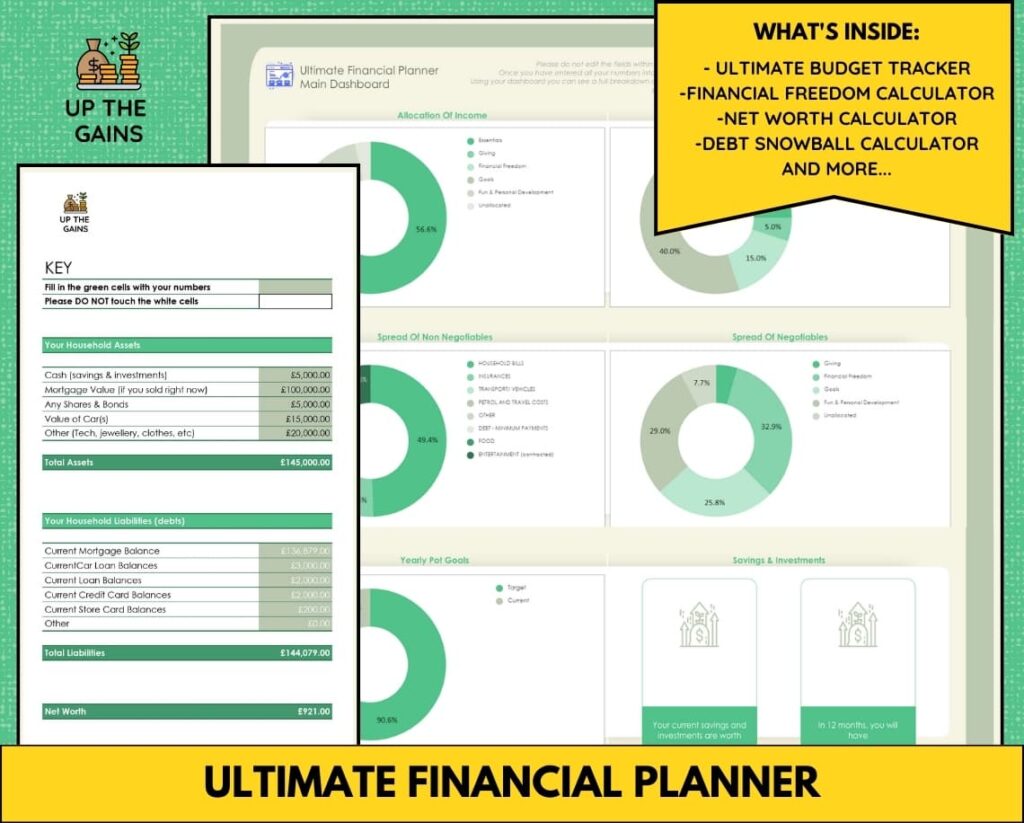



The 50-30-20 rule is a nice principle to follow, especially for beginners in personal finance. It helped me save and allocate my income effectively. Nice post!